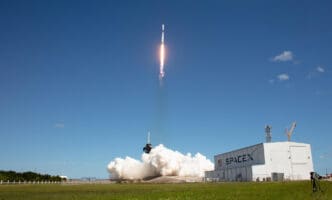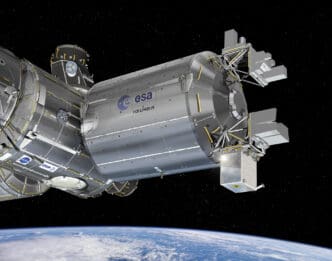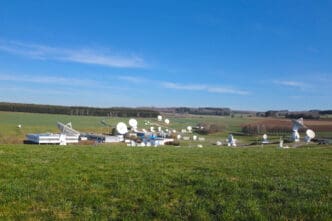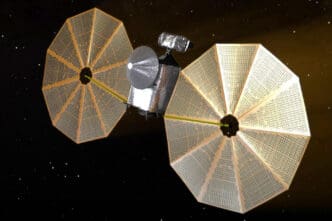NASA’s Exploration Science Strategy Integration Office (ESSIO) integrates scientific research into all aspects of lunar exploration, enhancing our understanding of the Moon and its role within the solar system.
At the heart of NASA’s lunar exploration is the ESSIO, which operates within the Science Mission Directorate (SMD). This office fuses scientific endeavors with various exploration missions, aiming to deepen our understanding of the Moon and its interactions within the solar system. Through this integration, NASA seeks to utilize the Moon as a pivotal observation platform to explore broader cosmic phenomena.
A crucial component of NASA’s strategy is the incorporation of scientific objectives outlined in the National Academy’s Decadal Surveys. These goals converge with NASA’s priorities to form a cohesive plan that guides lunar exploration. This alignment ensures that the research conducted is not only comprehensive but also critical to broader scientific inquiries.
NASA’s commitment to lunar exploration is evident in missions like Artemis and the Moon to Mars architecture. The ESSIO spearheads collaborations across SMD Divisions, NASA Mission Directorates, and international partners to infuse these initiatives with scientific rigor. Such partnerships extend to the commercial sector, fostering innovative methods for payload delivery to the lunar surface.
On June 10th, 2011, NASA’s Lunar Reconnaissance Orbiter (LRO) provided a compelling image of the Tycho crater, illustrating its steep structure—a result of its relatively young geological age estimated at 110 million years. This example underscores NASA’s capability to obtain and analyze detailed lunar imagery, crucial for ongoing research.
The Commercial Lunar Payload Services (CLPS) initiative exemplifies NASA’s approach to establishing a sustainable lunar economy. This program aims for speedy, frequent, and cost-effective access to the lunar surface and surrounding space, advancing both exploration and commercial interests. The payloads under CLPS are designed to generate new lunar datasets essential for scientific research and to test innovative technologies that prepare for human exploration missions.
NASA’s recent success with the Orion spacecraft and Artemis I marks a significant milestone in their deep space exploration efforts. Despite initial delays due to technical adjustments, the subsequent successful launch in November 2022 illustrates perseverance and a commitment to advancing human presence beyond Earth.
The Moon, serving as a cornerstone for understanding solar system science and exoplanet studies, offers insights into planetary evolution and surface processes. It helps decipher the historical influences on Earth and acts as a vantage point for observing the universe. NASA’s Lunar Reconnaissance Orbiter team, using advanced technologies like the Wide Angle Camera and Lunar Orbiter Laser Altimeter, has created detailed topographical maps of the lunar surface, further aiding scientific exploration.
Supporting the technological and scientific goals, the Lunar Discovery and Exploration Program (LDEP) embodies NASA’s collaboration with industry partners. Encouraging these partnerships, the LDEP focuses on achieving exploration milestones and scientific discoveries through initiatives like CLPS, nurturing commercial engagements.
Notable figures such as Tim Crain and Thomas Zurbuchen have contributed significantly to NASA’s lunar missions. Their expertise and leadership drive projects, such as the Artemis program, which aims to land the first lunar landers on the Moon’s surface with the help of companies like Intuitive Machines.
NASA’s lunar exploration efforts, through programs like ESSIO and CLPS, highlight the agency’s dedication to scientific discovery and technological advancement. By integrating international partnerships and commercial collaborations, NASA continues to pave the way for future exploration, ensuring comprehensive and sustainable lunar exploration.
Source: Science.Nasa







